Coastal Rockpool
Coastal Rockpool Exhibit – SEA LIFE Orlando
To enhance your experience and make it memorable as the best aquarium in Orlando, we have the Coastal Rockpool touch tank. At our marine touch tank, you can learn about the incredible micro-habitats in the coastal ecosystems.
Are you brave enough to get up close and touch invertebrates like a starfish or anemone?
Meet the Coastal Rockpool Animals
Ready to meet our rockpool aquarium animals? Here are some of our astounding species, along with fun facts about each.
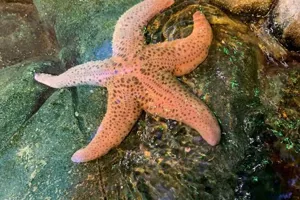
Starfish
Sea stars (also known as starfish) can regrow lost arms. In some cases, a whole new sea star can grow from just one severed arm, as long as part of the central body is attached!
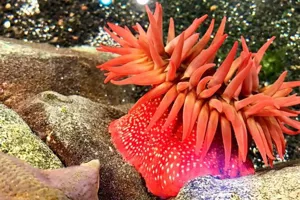
Sea Anemones
Despite their name, starfish aren't actually fish! They don’t have gills, fins, or a backbone. Instead, starfish are echinoderms, related to sea urchins and sand dollars.
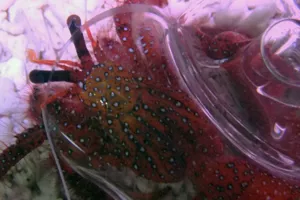
Other Rockpool Residents
Among our main rockpool aquarium residents are other invertebrates like molluscs and barnacles, as well as small crustaceans like crabs and shrimp.
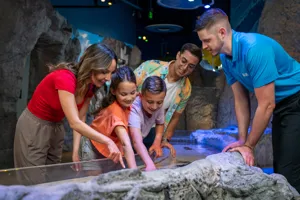
Interactive, Family-Friendly Experience
Under the supervision of our skilled educators, you can learn all about handling our rockpool animals safely. They will teach you how to gently touch the animals and provide health & safety tips so you can have a day of family-friendly fun at SEA LIFE Orlando.
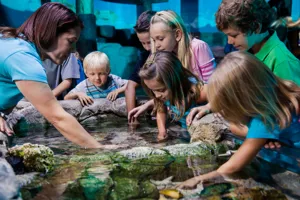
Learning About Marine Ecosystems
Touch tank habitats are great for offering hands-on learning experiences, especially for the little ones. They help foster a deeper understanding and appreciation for marine life, encourage respectful behaviour, and make ocean education more engaging and memorable.
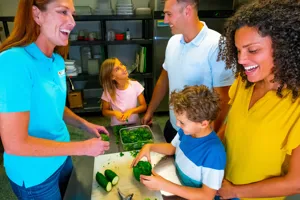
Animal Welfare & Care at SEA LIFE Orlando
At SEA LIFE Orlando, our amazing animals get the royal treatment. From well-maintained habitats to carefully crafted diets, our aquarists follow strict protocols to keep every animal happy and healthy. Our animals are also rotated regularly to keep them stress-free.
When you visit our touch tanks, you will always be guided by our friendly experts who ensure everyone has a safe experience. As part of our AZA-accredited "Breed, Rescue, Protect" mission, SEA LIFE Orlando supports conservation through breeding endangered species, rescuing and rehabilitating marine life, and educating guests on ocean protection.
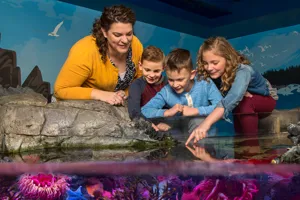
Plan Your Visit to the Rockpool Exhibit
Prepare for an unforgettable underwater adventure and book your tickets to SEA LIFE Orlando! Explore Annual Passes and Combo Tickets or snag a steal with our exclusive deals and discounts.
Book your SEA LIFE Orlando tickets today.
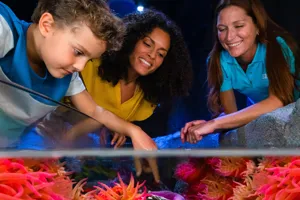
Why Choose SEA LIFE Orlando’s Touch Tank?
Discover SEA LIFE Orlando’s touch tank habitat, where you can enjoy a truly unique day out with the family. This special indoor, hands-on experience allows guests to gently interact with sea stars and other animals in a calm, climate-controlled setting. Guided by our expert staff, your visit supports a conservation-driven mission and the education on how to protect marine life. Book tickets today and ‘sea’ for yourself!
Frequently Asked Questions
A touch tank habitat is a shallow, open exhibit that allows guests to gently touch marine invertebrates like starfish and anemones while learning about their habitats.
At SEA LIFE Orlando’s touch tank habitat, you may encounter sea stars, anemones, and other rockpool animals, all under the guidance of trained staff.
Yes, at SEA LIFE Orlando, animal welfare comes first. Touch tanks are carefully supervised, with strict protocols and rotating animals to ensure their well-being.
Rockpool animals like starfish and anemones feed on small fish, algae, and plankton. At SEA LIFE Orlando, they receive a carefully crafted diet fed by our aquarists.
Visitors are asked to use two fingers only, avoid picking up animals, and always follow staff instructions to keep both animals and guests safe.
Yes, our rockpool aquarium is a family-friendly, hands-on experience designed to help kids learn about marine ecosystems and conservation.
Touch tanks inspire curiosity and respect for marine life, encouraging visitors to support conservation efforts and protect natural habitats.